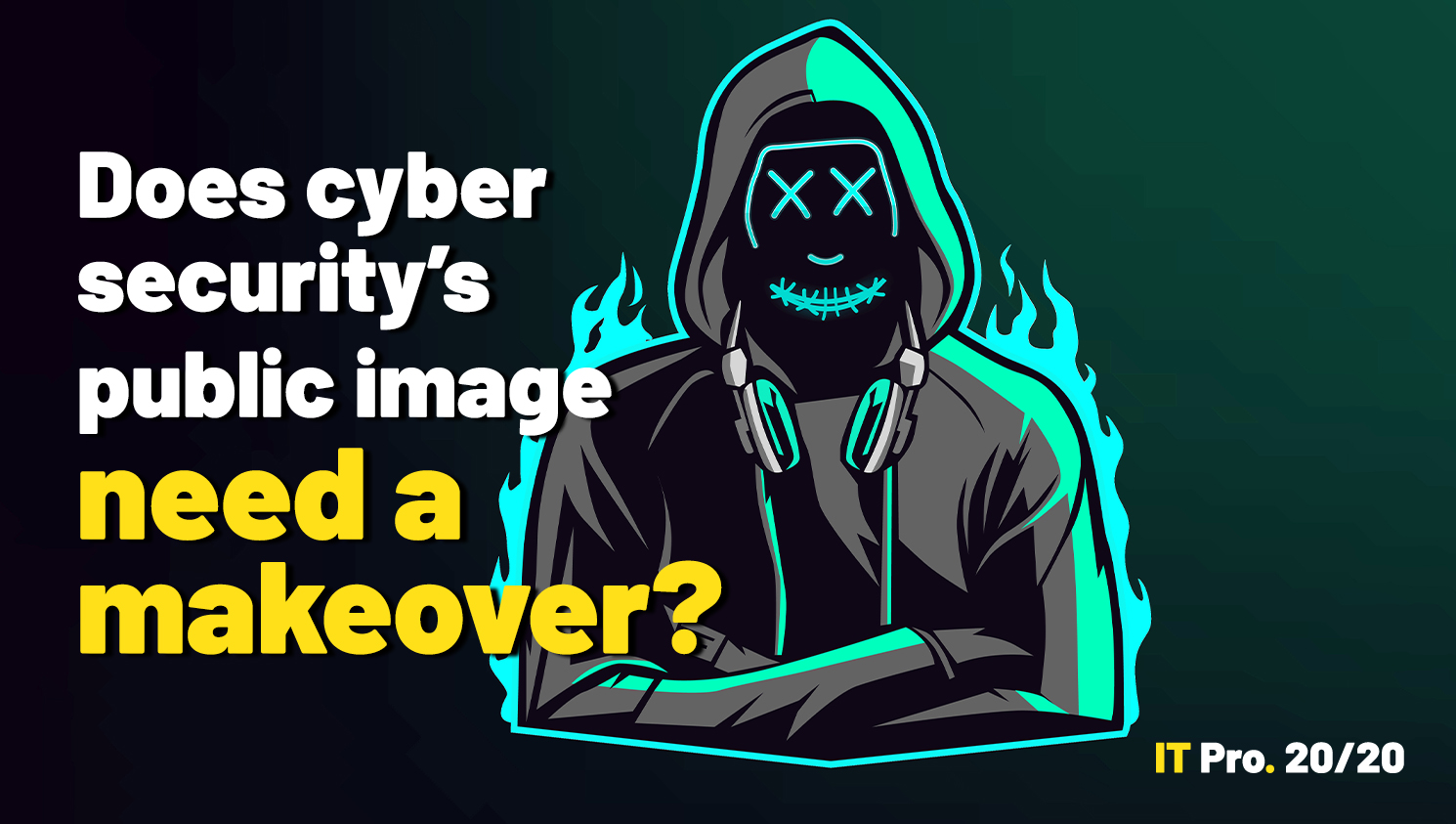Microsoft’s emergency 'PrintNightmare' patch fails to fix critical exploit
The RCE flaw embedded in the Print Spooler component can still be exploited when 'point and print' is enabled


An emergency patch released to address the PrintNightmare remote code execution (RCE) vulnerability in Windows is said to have been unsuccessful, with hackers still being able to infect targeted devices, researchers have warned.
Microsoft released the patch this Tuesday outside of its routine Patch Tuesday wave of updates given the severity of the PrintNightmare vulnerability, as well as the fact that exploit code has been circulating online. The flaw has been assigned CVE-2021-34527 and a CVSS threat severity score of 8.8 out of ten.
However, Researcher Benjamin Delpy found that he could still demonstrate successful exploitation on a Windows Server 2019 deployment with the patch installed, and the ‘point and print’ feature enabled.
Point and print is a tool that makes it easier for users within a network to obtain the printer drivers, and queue documents to print.
Microsoft acknowledged in its security alert that the feature isn’t directly related to the flaw, but that the technology “weakens the local security posture in such a way that exploitation will be possible”.
The patch purporting to fix CVE-2021-34527 seemingly hasn’t addressed this particular shortcoming, Delpy’s demonstration shows, with hackers potentially able to bypass the fix and attack victim’s machines, if they have point and print enabled.
The threat stemmed from a vulnerability in the Print Spooler component in Windows systems, which allows print functionality remotely within local networks. Microsoft patched a similar Print Spooler flaw on 8 June, which was initially deemed to be a privilege escalation bug but the company then upgraded weeks later to an RCE vulnerability.
Get the ITPro daily newsletter
Sign up today and you will receive a free copy of our Future Focus 2025 report - the leading guidance on AI, cybersecurity and other IT challenges as per 700+ senior executives
Following that 8 June patch, researchers with Sangfor published what they believed to be a proof-of-concept exploitation for the same Print Spooler RCE flaw, however, it was later discovered to be an entirely different flaw that hadn’t been previously disclosed.
RELATED RESOURCE

IT Pro 20/20: Does cyber security's public image need a makeover?
Issue 18 of IT Pro 20/20 looks at recent efforts to retire the 'hacker' stereotype, and how the threat landscape has changed over the past 20 years
Although the researchers promptly removed their work, the gaffe led to the exploit code being downloaded and republished elsewhere, with Microsoft confirming a few days later that hackers had exploited the flaw.
Microsoft previously recommended that businesses disable the Print Spooler service or inbound remote printing through their group policy - until a patch became available. The first mitigation deactivates the ability to print locally or remotely, while the second one blocks the remote attack vector by preventing inbound remote printing operations. Local printing would still be possible, though.

Keumars Afifi-Sabet is a writer and editor that specialises in public sector, cyber security, and cloud computing. He first joined ITPro as a staff writer in April 2018 and eventually became its Features Editor. Although a regular contributor to other tech sites in the past, these days you will find Keumars on LiveScience, where he runs its Technology section.
-
 Bigger salaries, more burnout: Is the CISO role in crisis?
Bigger salaries, more burnout: Is the CISO role in crisis?In-depth CISOs are more stressed than ever before – but why is this and what can be done?
By Kate O'Flaherty Published
-
 Cheap cyber crime kits can be bought on the dark web for less than $25
Cheap cyber crime kits can be bought on the dark web for less than $25News Research from NordVPN shows phishing kits are now widely available on the dark web and via messaging apps like Telegram, and are often selling for less than $25.
By Emma Woollacott Published
-
 Hackers are targeting Ivanti VPN users again – here’s what you need to know
Hackers are targeting Ivanti VPN users again – here’s what you need to knowNews Ivanti has re-patched a security flaw in its Connect Secure VPN appliances that's been exploited by a China-linked espionage group since at least the middle of March.
By Emma Woollacott Published
-
 Broadcom issues urgent alert over three VMware zero-days
Broadcom issues urgent alert over three VMware zero-daysNews The firm says it has information to suggest all three are being exploited in the wild
By Solomon Klappholz Published
-
 Nakivo backup flaw still present on some systems months after firms’ ‘silent patch’, researchers claim
Nakivo backup flaw still present on some systems months after firms’ ‘silent patch’, researchers claimNews Over 200 vulnerable Nakivo backup instances have been identified months after the firm silently patched a security flaw.
By Solomon Klappholz Published
-
 Everything you need to know about the Microsoft Power Pages vulnerability
Everything you need to know about the Microsoft Power Pages vulnerabilityNews A severe Microsoft Power Pages vulnerability has been fixed after cyber criminals were found to have been exploiting unpatched systems in the wild.
By Solomon Klappholz Published
-
 Vulnerability management complexity is leaving enterprises at serious risk
Vulnerability management complexity is leaving enterprises at serious riskNews Fragmented data and siloed processes mean remediation is taking too long
By Emma Woollacott Published
-
 A critical Ivanti flaw is being exploited in the wild – here’s what you need to know
A critical Ivanti flaw is being exploited in the wild – here’s what you need to knowNews Cyber criminals are actively exploiting a critical RCE flaw affecting Ivanti Connect Secure appliances
By Solomon Klappholz Published
-
 Researchers claim an AMD security flaw could let hackers access encrypted data
Researchers claim an AMD security flaw could let hackers access encrypted dataNews Using only a $10 test rig, researchers were able to pull off the badRAM attack
By Solomon Klappholz Published
-
 A journey to cyber resilience
A journey to cyber resiliencewhitepaper DORA: Ushering in a new era of cyber security
By ITPro Published